1. Introduction
Blue light, a type of high-energy visible (HEV) light, has become increasingly prevalent in our modern world due to technological advancements. It is emitted from various sources, including digital screens, LED lighting, and the sun. In recent years, concerns have arisen regarding the potential adverse effects of blue ray exposure on human health, particularly its impact on the eyes.
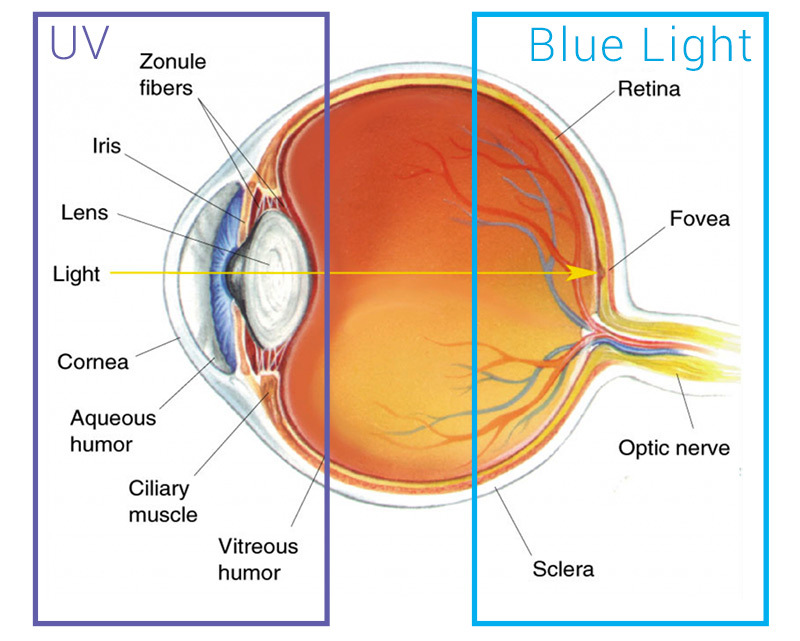
2. Sources of Blue Ray
Blue light is present in both natural and artificial sources. Natural sources include sunlight, which contains a significant amount of blue light. Artificial sources encompass electronic devices such as smartphones, tablets, computers, and LED light bulbs. With the widespread use of digital screens and energy-efficient lighting, individuals are exposed to blue light more than ever before.
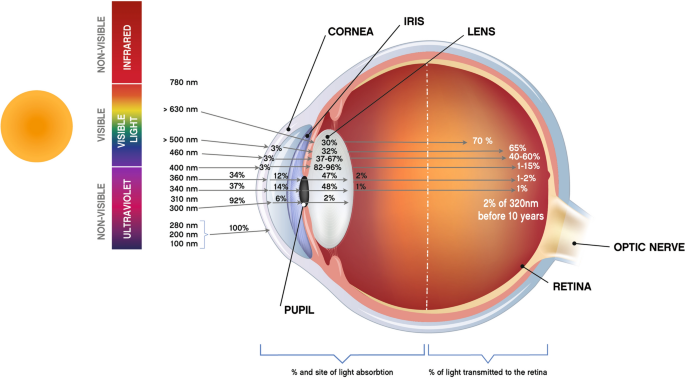
3. How Blue Light Affects the Eyes
The eyes are highly sensitive to blue light, and prolonged exposure can lead to various adverse effects. One of the primary concerns is its impact on retinal cells. Research suggests that blue light can penetrate deep into the eye and cause damage to the retina, potentially increasing the risk of age-related macular degeneration (AMD), a leading cause of vision loss.
Furthermore, blue light exposure can disrupt the body’s natural sleep-wake cycle by suppressing the production of melatonin, a hormone that regulates sleep. This can lead to difficulties falling asleep and result in poor sleep quality, ultimately affecting overall health and well-being.
In addition to its effects on sleep, blue light exposure can also cause eye strain and discomfort, particularly during extended periods of screen time. Symptoms may include dryness, irritation, and blurred vision, collectively known as digital eye strain or computer vision syndrome.
4. Long-Term Effects
Prolonged exposure to blue light has been associated with an increased risk of developing certain eye conditions. For instance, studies have shown that chronic exposure to blue light may contribute to the development of age-related macular degeneration (AMD), a progressive eye disease that can lead to permanent vision loss.
Furthermore, blue light exposure has been linked to an elevated risk of cataracts, a clouding of the eye’s lens that can impair vision. While the exact mechanisms underlying these associations are still being studied, it is believed that the cumulative damage caused by blue light exposure over time may contribute to the development of these conditions.
Additionally, blue light exposure is a known risk factor for digital eye strain, a common problem among individuals who spend extended periods in front of screens. Symptoms may include eye discomfort, headaches, and difficulty focusing, all of which can impact productivity and quality of life.
5. Protecting the Eyes from Blue Light
Given the ubiquity of blue light in our environment, it is important to take steps to protect the eyes from its harmful effects. One effective strategy is to invest in blue light filtering glasses, which are designed to block or reduce the amount of blue light that reaches the eyes. These glasses can be particularly beneficial for individuals who spend a significant amount of time in front of screens.
In addition to wearing protective eyewear, adjusting screen settings can also help mitigate blue light exposure. Many electronic devices offer built-in features such as night mode or blue light filters, which can reduce the emission of blue light and create a warmer, less intense display.
Furthermore, taking regular breaks from screen time can give the eyes a much-needed rest and help alleviate symptoms of digital eye strain. Incorporating the 20-20-20 rule—taking a 20-second break every 20 minutes to look at something 20 feet away—can help prevent eye fatigue and discomfort.
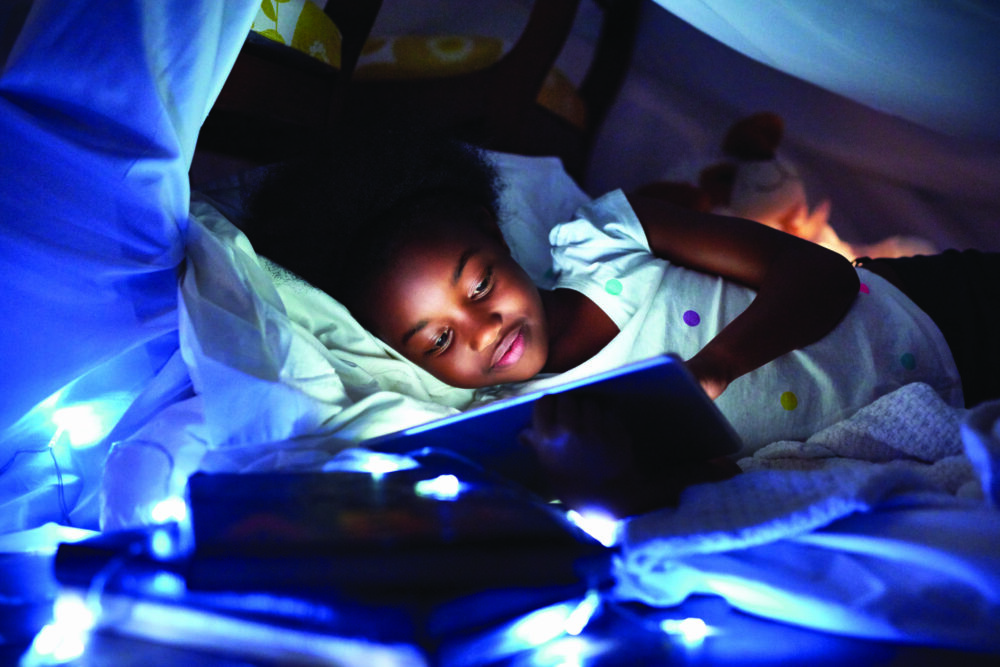
6. Children and Blue Light Exposure
Children are particularly vulnerable to the effects of blue light due to their developing eyes. Research suggests that prolonged exposure to blue light during childhood may increase the risk of developing myopia, or nearsightedness, later in life.
To mitigate the potential risks, it is important for parents to limit their children’s screen time and encourage outdoor activities that promote healthy vision. Additionally, establishing screen-free zones in the home, such as bedrooms and dining areas, can help reduce overall blue light exposure and promote better sleep hygiene.
7. Conclusion
In conclusion, while blue light plays a vital role in our daily lives, excessive exposure can have detrimental effects on eye health. From disrupting sleep patterns to increasing the risk of serious eye conditions, the consequences of prolonged blue light exposure are cause for concern. By taking proactive measures to limit exposure and protect the eyes, individuals can safeguard their vision and promote long-term eye health.
FAQs
- Are all types of blue light harmful to the eyes?
- While natural blue light from the sun is essential for regulating circadian rhythms and promoting wakefulness, excessive exposure to artificial blue light from screens and electronic devices can have adverse effects on eye health.
- Can blue light filtering glasses prevent eye strain?
- Blue light filtering glasses are designed to reduce the amount of blue light that reaches the eyes, which can help alleviate symptoms of digital eye strain such as dryness, irritation, and fatigue.
- Is it safe for children to use electronic devices with blue light filters?
- While blue light filters can help reduce exposure to harmful blue light, it is still important to limit children’s screen time and encourage outdoor activities to promote healthy vision development.
- Can blue light exposure cause permanent damage to the eyes?
- Prolonged exposure to blue light has been associated with an increased risk of developing certain eye conditions, including age-related macular degeneration (AMD) and cataracts, which can lead to permanent vision loss if left untreated.
- What are some practical tips for reducing blue light exposure?
- In addition to wearing blue light filtering glasses and adjusting screen settings, taking regular breaks from screen time and establishing screen-free zones in the home can help reduce overall blue light exposure and promote better eye health.

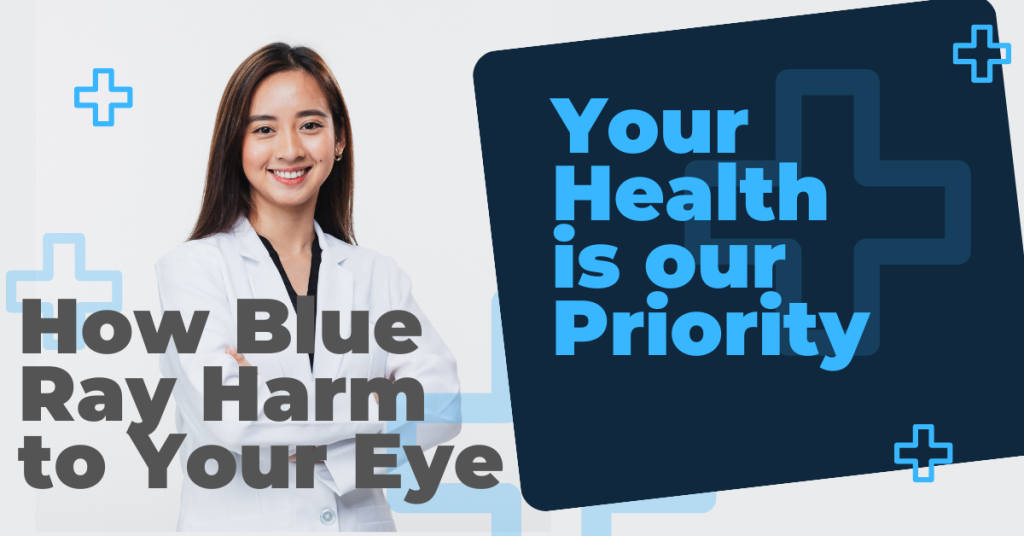




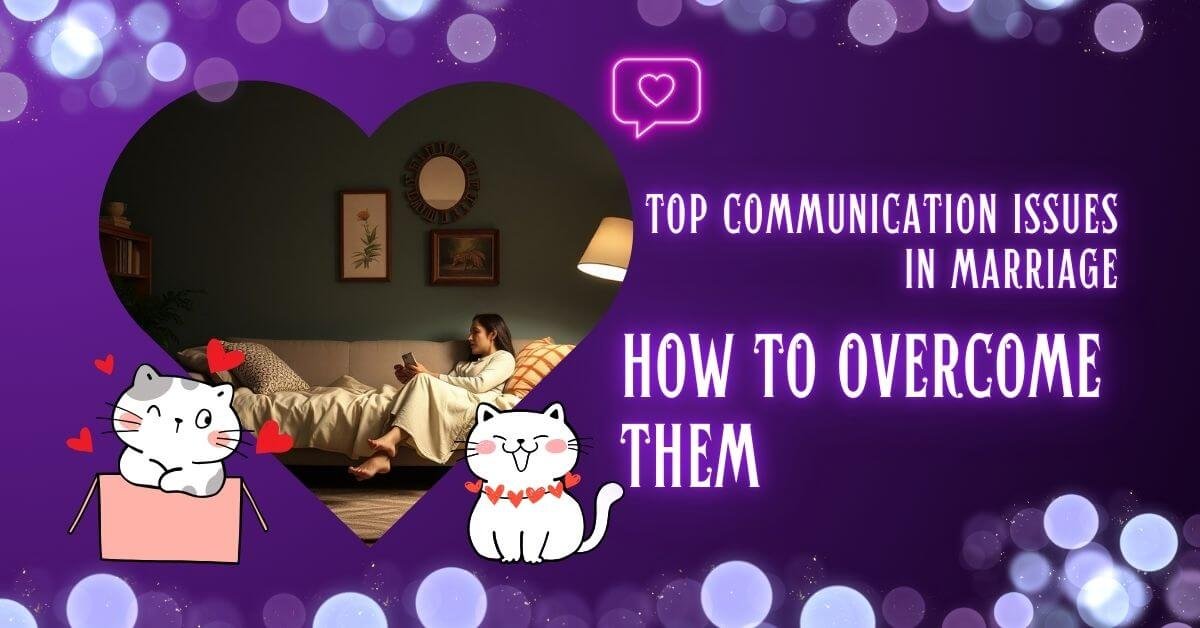
[…] Blue-cut lenses are specially designed eyeglass lenses that filter out a portion of blue light emitted by digital screens and other sources. […]